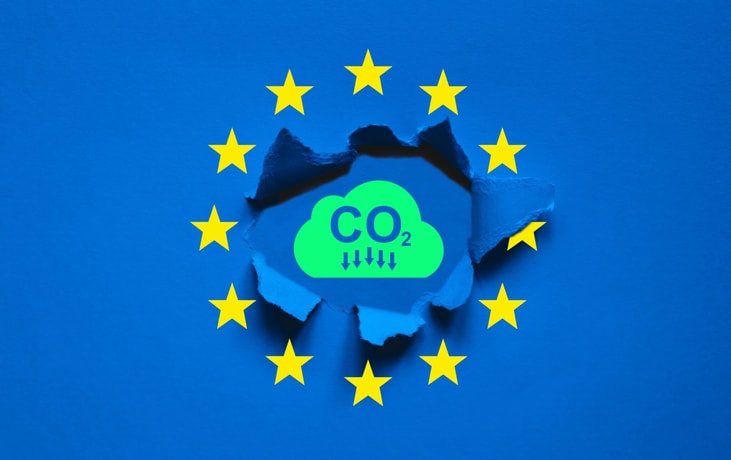EU grows emphasis on DACCS and BECCS to hit climate goals
The European Commission is to encourage reliance on carbon removal technologies – particularly bioenergy with carbon capture and storage (BECCS) and direct air carbon capture and storage (DACCS) to help meet revised climate targets.
The EU 2040 climate target now proposes 90% net greenhouse gas emissions reductions, compared with 1990 levels, building on the existing legally binding goal of reducing net emissions by at least 55% by 2030. It said the move aimed to provide certainty to industry and investors.
The Commission’s proposal includes the possibility of a “limited use of high-quality international carbon credits” from partner countries with targets and climate action that aligns with the objectives of the Paris Agreement.
“International credits must come from credible and transformative activities, such as DACCS and BECCS in partner countries whose climate targets and action align with the Paris Agreement temperature goal,” it said.
... to continue reading you must be subscribed
























